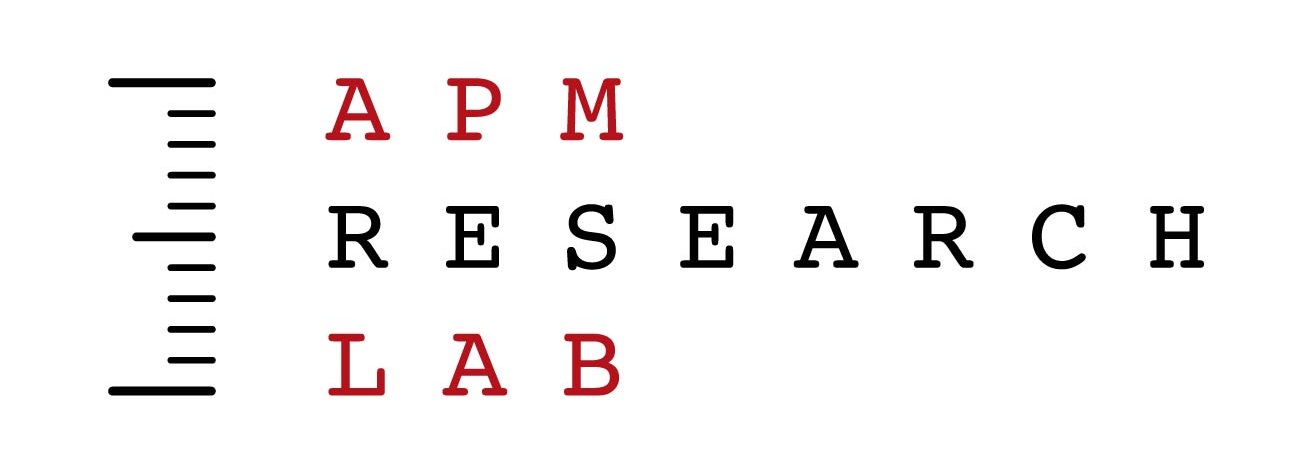Dozens of questions: Are migrating retirees contributing to rising Sun Belt housing costs?
Photo of a street in Florida flanked by palm trees, by Lance Asper via Unsplash
We might not be able to blame the Boomers for this one
by MAYA CHARI | July 1, 2025
RELATED
Dozens of Questions: How are Trump’s auto parts tariffs affecting the broader economy?
Dozens of Questions: Has hospitality employment recovered from COVID-19? And will Trump's policies impact the sector?
Dozens of Questions: Why is Nevada’s unemployment rate so high?
Introducing the Marketplace Dozen: For better or worse, most things are looking up
Can mayors keep their affordable housing promises?
Editor’s note: We recently collaborated with Marketplace to create “The Marketplace Dozen,” a dashboard of key economic indicators that provides a quick read on the health of the economy. Naturally, the data raises almost as many questions as it answers. Our Ten Across data journalism fellow, Maya Chari, who is also the chief technical architect of the Dozen, set out to answer some of them.
The United States is gradually getting older. In 2023, 16.2% of Americans were 65 or older, up from 14.5% in 2018. Over that time period, every state has seen an increase in retirement-aged residents, mostly due to their existing populations aging.
However, those who relocate for retirement are most likely to move to the Sun Belt. Between 2016 and 2021 Florida, Arizona and the Carolinas saw the greatest influx of older movers, while California saw a significant exodus.
Americans who can afford to move for retirement are likely to be wealthier than their peers, and older Americans are more likely to own homes than younger demographic cohorts. In addition, as prices and interest rates rise and younger generations struggle to afford houses, baby boomers now make up the largest share of home buyers.
These trends raise the question: are migrating retirees driving up the cost of housing in Sun Belt states?
The data points towards no. Across the I-10 corridor, cities with rising senior populations don’t appear to see larger increases in house prices.
Phoenix has seen a slightly smaller increase in its retirement-aged population than the nation as a whole (+12.7% versus +13.1% from 2018 to 2023), but a notably larger increase in home prices. The median sale price of houses jumped by 55%, compared to 45% nationally, from 2020 to 2025 according to data collected by for-profit real estate brokerage company Redfin.
Nearby Goodyear, meanwhile, has become a retirement hotspot, with its 65-plus population increasing 34.2% between 2018 and 2023. In the past five years, the median price of houses in Goodyear has increased by 44% — about the same as the national average, and substantially less than Phoenix. Glendale, another Phoenix suburb, has seen a negligible (+0.95%) increase in its retirement-age population, but a steep increase in house prices (+69%).
In Florida, the city of Clermont gained almost twice (+38%) the number of retirement- aged residents as Orlando (+22%), which is part of the same metropolitan area, but the increase in house prices over the same time period is very similar (+47% vs +45%). Elsewhere in the state, Jacksonville has seen a greater-than-average increase in the senior population and a smaller-than-average increase in home prices.
Despite the cultural narrative around “retiring to Florida,” older adults actually move fairly infrequently. Researchers at Harvard found that about 5% of households 65 and older relocate each year, compared to 16% of younger households. Of the older adults who move, 80% do so within their own state. They also found that, as of 2021, around half of those who move rent their new homes.
In fact, much of the impact that retirees are having on the housing market isn’t from buying new homes — it’s from holding on to their old ones. Some real estate experts predict a coming “silver tsunami,” in which homes vacated by baby boomers who have downsized or died appear on the housing market, increasing supply and muting price increases. But this hasn’t yet occurred. Most older adults are “aging in place.”
According to Jennifer Molinsky, the lead author of the Harvard housing report, that’s partially because even those older adults who might prefer to leave their residence often can’t find an alternative that meets their needs. Others find that selling their homes doesn’t make financial sense.
One solution, Molinsky said, would be to increase the stock of different kinds of housing beyond single-family residences.
“There’s a lot of different kinds of households of different ages that would benefit from more alternatives to a single-family house —- more walkable, smaller, and easier to maintain,” she said.
Increasing the availability of these kinds of residences could meet the needs of older adults while reducing housing costs in the Sun Belt and beyond.

